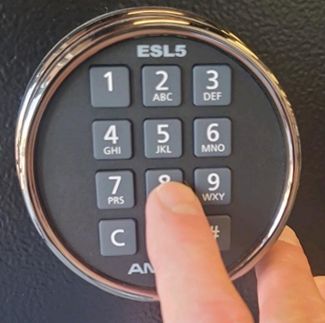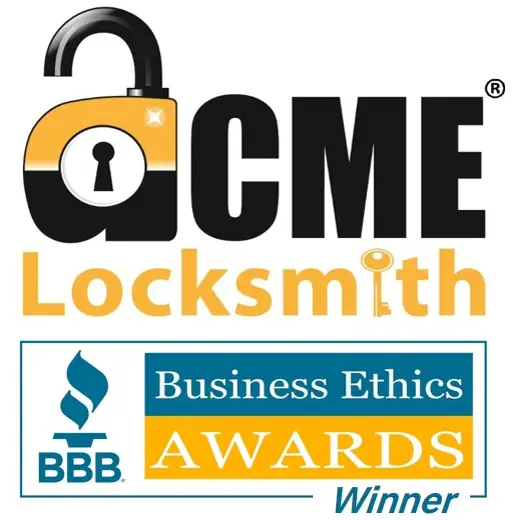Last Updated on July 22, 2024

How to Know It’s the Right Code | Low Batteries | Bolts are Jamming | Worn Keypad | When to Call a Locksmith
For information on combination locks, see our article, How to Open a Safe When the Correct Combination Isn’t Working.
When a safe won’t open using the correct code the likely causes are low battery, jammed safe, worn keypad, or failed electronics. Most of the time the safe can be opened without needing to hire a safe expert.

Why Your Safe Code Isn’t Opening the Safe & How to Solve It
Is it the Right Code?
How to know if this is the problem
If you’re using the wrong code, after several attempts the digital safe lock will start beeping and become inactive. This is a safety mechanism that prevents unauthorized user attempts in order to guess a code. If this happens, you are not using the correct code.
Solution
If the safe lock is beeping and has locked you out, you’re going to need to try to find the correct code. If you are unable to do this, you may be able to get to still get into the safe using a locksmith. See our article How to Retrieve a Safe Combination.
Are the Batteries Low?
For safes with electronic locks, low batteries can prevent the safe from opening.
Is This the Problem?
If the batteries are dead, you won’t get any response form the keypad whatsoever when you press the keys. If it is a lighted keypad, it won’t light up. It also won’t make noise when a key is pressed.
If the batteries are low, it’s a little trickier. A digital lock with low batteries may behave exactly as it should: it lights up, you get a key tone when a key is pressed, you here a clicking noise when the code is entered. But a digital safe lock with low batteries will not have enough power to pull the solenoid and release the locking mechanism.
Solution
If everything about the keypad seems to be working when you enter the code, and you hear the solenoid click after entering the code, you certainly have the right code. Change the batteries with the best batteries you can find. We only use Duracell Batteries which can be easily purchased on Amazon

The Safe is Overstuffed
Is This the Problem?
The symptoms of an overstuffed safe are identical to one that has low batteries. Everything seems to be behave as it should: it lights up, you get a key tone when a key is pressed, you here a clicking noise when the code is entered.
However, for an overstuffed safe, the content can be pushing door outward, which in turn puts pressure on the safe’s bolts locking the door.
This bit of pressure can transfer to solenoid that is locking the safe bolts in place. The metal bar can now be pressed against the solenoid. That pressure on the solenoid prevent it from retracting so the safe won’t opened.
Solution
Gently press your foot or, for smaller safes, press your hand, into the bottom of the door to push the door tight against the door seal. This will release the pressure on the bolts so that the solenoid can retract.
4) Worn Keypad Buttons or Failed Electronics

Is This the Problem?
A safe with a bad keypad will not emit a sound when a key is pressed on the electronic safe lock. This will prevent the code from opening the safe. If only one key isn’t making a noise then that key has failed. If all keys aren’t responding, and you’ve replaced the batteries, then the lock’s electronics have failed.
Solution
For both a failed keypad and failed electronics, the solution is the same: replace the locks faceplate.
Modern electronic locks store your combination on chip that is located inside of the safe, so after replacing the faceplate, your existing combination should still work.
Most newer models of digital safe locks can easily be swapped out with a new faceplate. There will be a plug/connecter that connects the wiring from inside the safe into the back of the faceplate.
You can order digital locks on our website, you just need to be sure you are ordering the same lock. Most likely you will need to order an entire lock, safe lock manufacturers have stopped selling just the faceplates, but you’ll just use the faceplate.
When to Hire a Safe Technician / Locksmith
If your particular digital safe lock faceplate is not removable or does not have a connector that allows the faceplate to be removed, then you will need a locksmith.
If all the checks above have been performed but the safe still does not open, the safe will need to be drilled.
Conclusion: With the right approach, a safe that isn’t opening with the correct code can normally be opened without needing to hire a safe cracker. Checking your code entry and examining potential mechanical and electrical issues will usually lead to success.
